On this day in science history
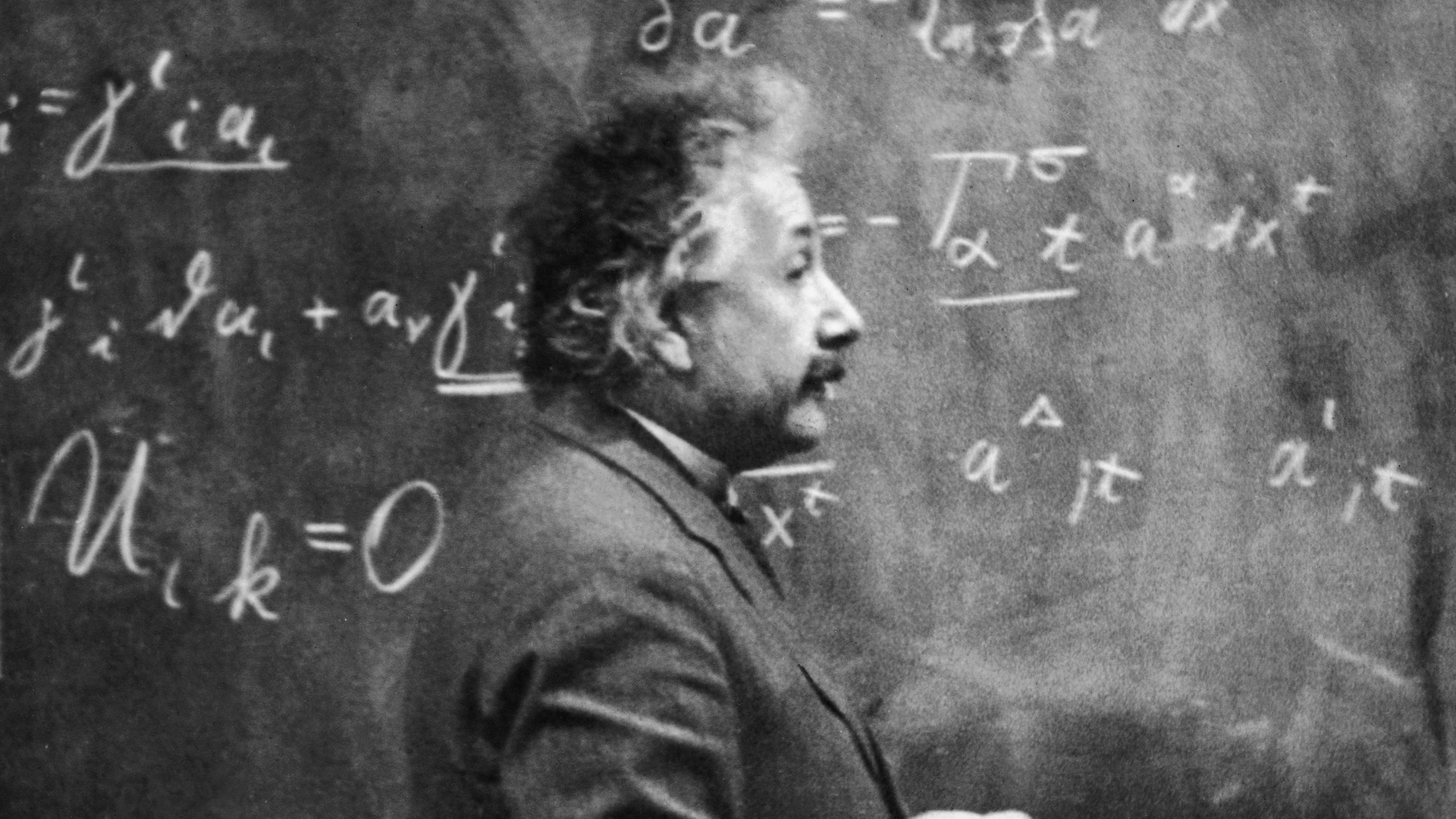
Science is collaborative, painstaking and iterative, with progress slow and some unsung scientific heroes lost to time. But every once in a while, a key event, discovery or conceptual breakthrough has had a galvanizing effect on science. Each week, we take a look at the moments in science history that changed the world we live in — and our understanding of it.
Latest about On this day in science history

Science history: Experiment shows mutations arise spontaneously, supporting pillar of Darwinian evolution — Nov. 20, 1943
By Tia Ghose published
Two bacteriologists showed that mutations arise spontaneously in bacterial cultures, thereby disproving Jean-Baptiste Lamarck's theory of evolution.

Science history: 'Patient zero' catches SARS, the older cousin of COVID — Nov. 16, 2002
By Tia Ghose published
A person came down with an atypical form of pneumonia in November 2002, but it would be two months before anyone realized it was the start of a pandemic.
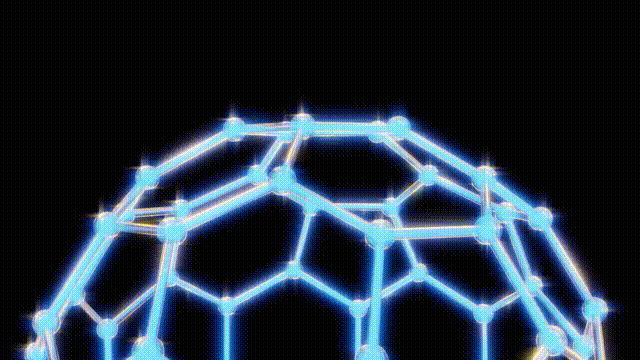
Science history: Chemists discover buckyballs — the most perfect molecules in existence — Nov. 14, 1985
By Tia Ghose published
Over a feverish 10-day period, scientists synthesized and described a new class of carbon molecules, called buckminster fullerenes, after the iconic 20th-century inventor.
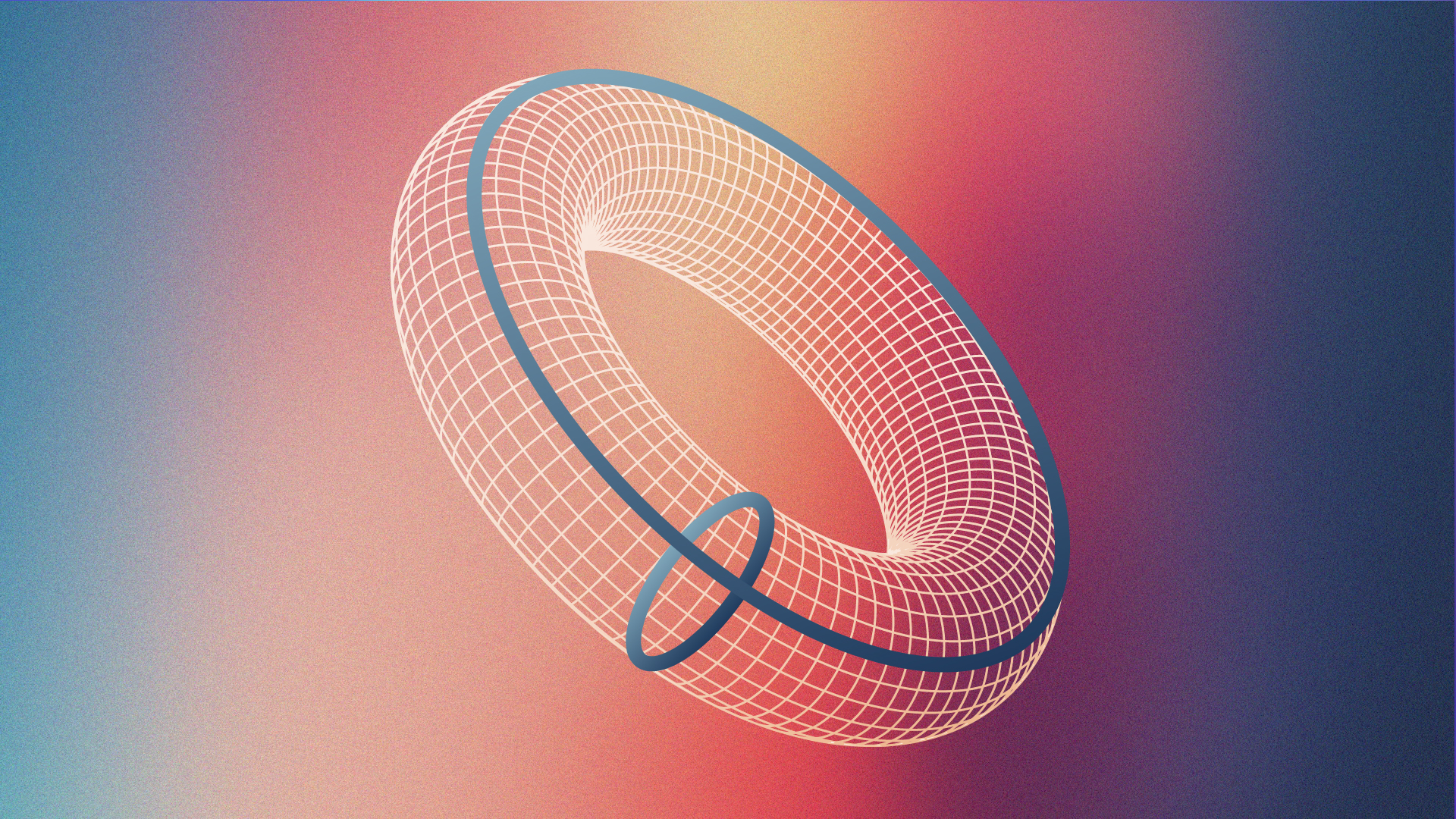
Science history: Russian mathematician quietly publishes paper — and solves one of the most famous unsolved conjectures in mathematics — Nov. 11, 2002
By Tia Ghose published
Mathematician Grigori Perelman solved the Poincaré conjecture, and then rejected the $1 million prize that came with it.
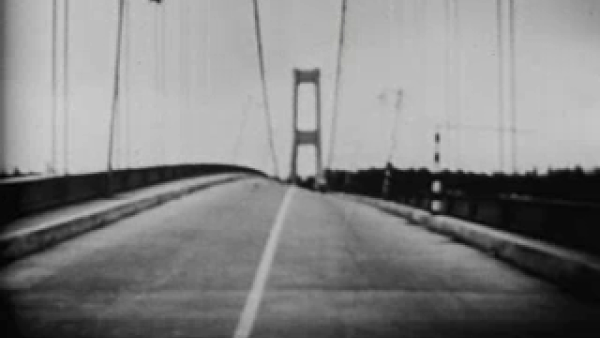
Science history: The Tacoma Narrows Bridge collapses, forcing a complete rethink in structural engineering — Nov. 7, 1940
By Tia Ghose published
One morning, the Tacoma Narrows Bridge began bouncing up and down and twisting to and fro before ultimately collapsing into the Puget Sound.
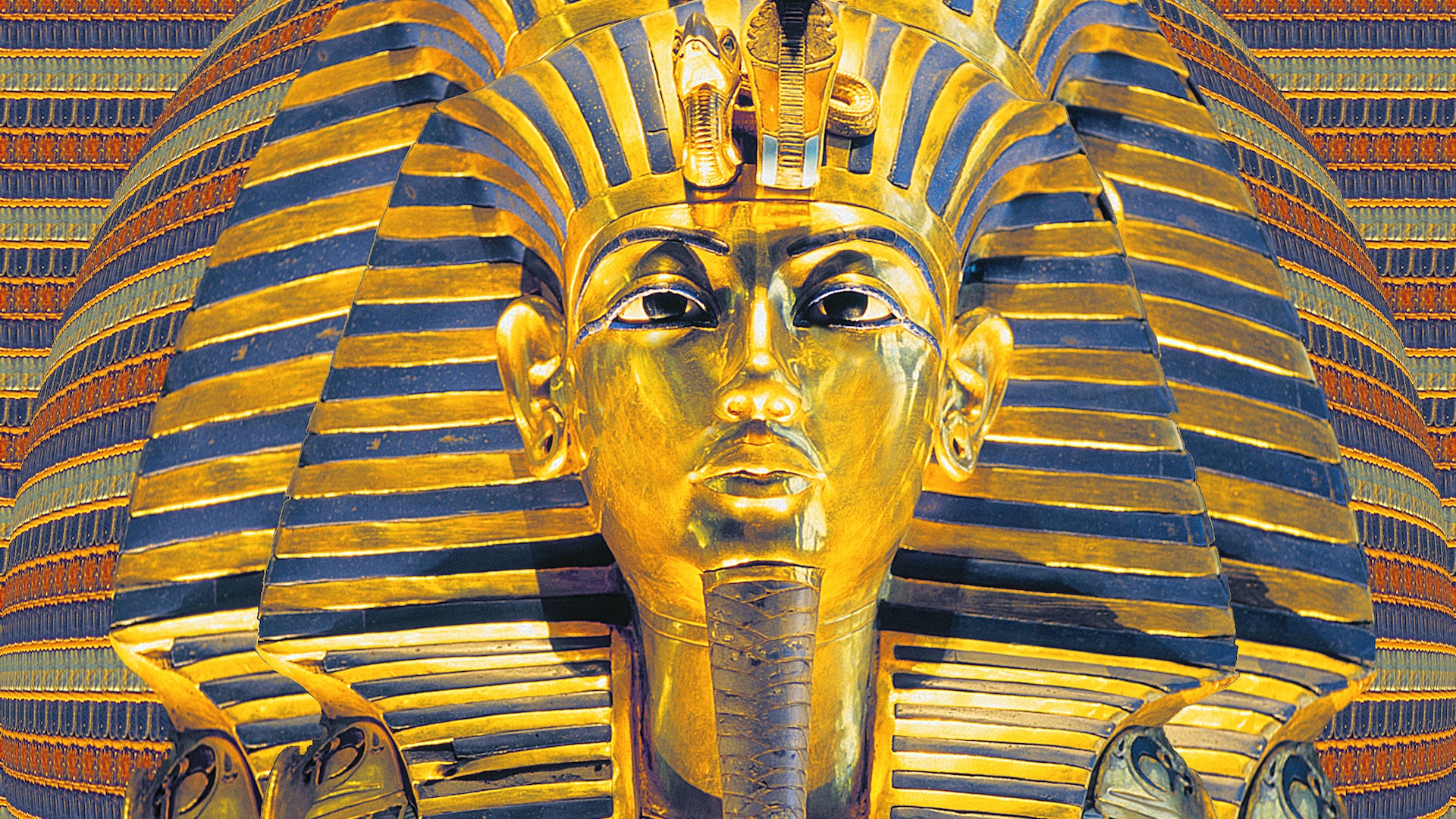
Science history: Archaeologists discover King Tut's tomb, and rumors of the 'mummy's curse' begin swirling — Nov. 4, 1922
By Tia Ghose published
While excavating in the Valley of the Kings, an Egyptian worker on an archaeological dig discovered a partially obscured step. It would lead into the unlooted tomb of King Tut.

Science history: Astronomers spot first known planet around a sunlike star, raising hopes for extraterrestrial life — Nov. 1, 1995
By Tia Ghose published
About 50 light-years from Earth, a gas giant about half the mass of Jupiter orbits a sunlike star. The discovery of Pegasi 51 b ushered in a new era of exoplanet research.
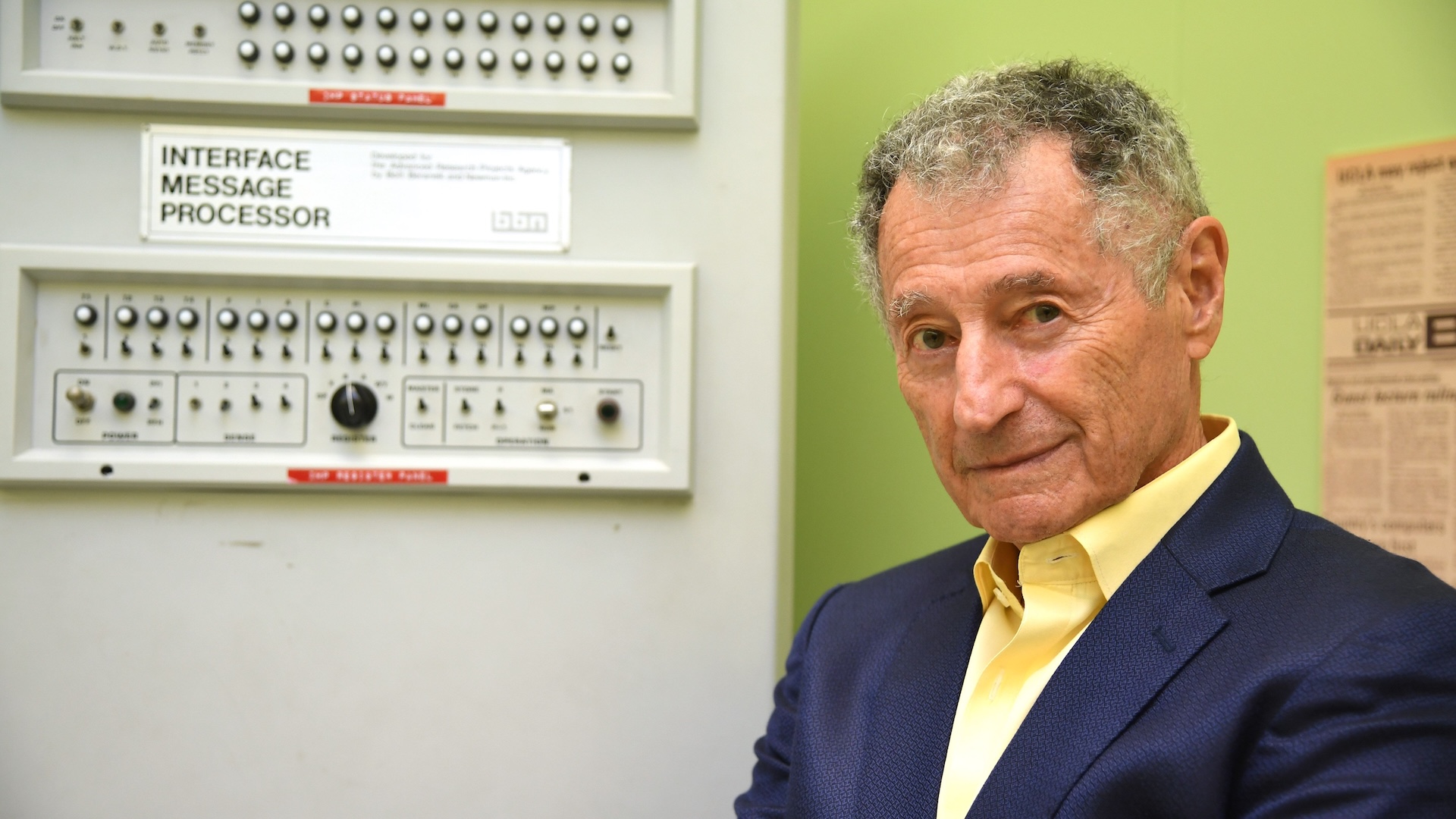
Science history: First computer-to-computer message lays the foundation for the internet, but it crashes halfway through — Oct. 29, 1969
By Tia Ghose published
Messages transmitted between two computers located about 380 miles apart would form the basis of what would become the internet.
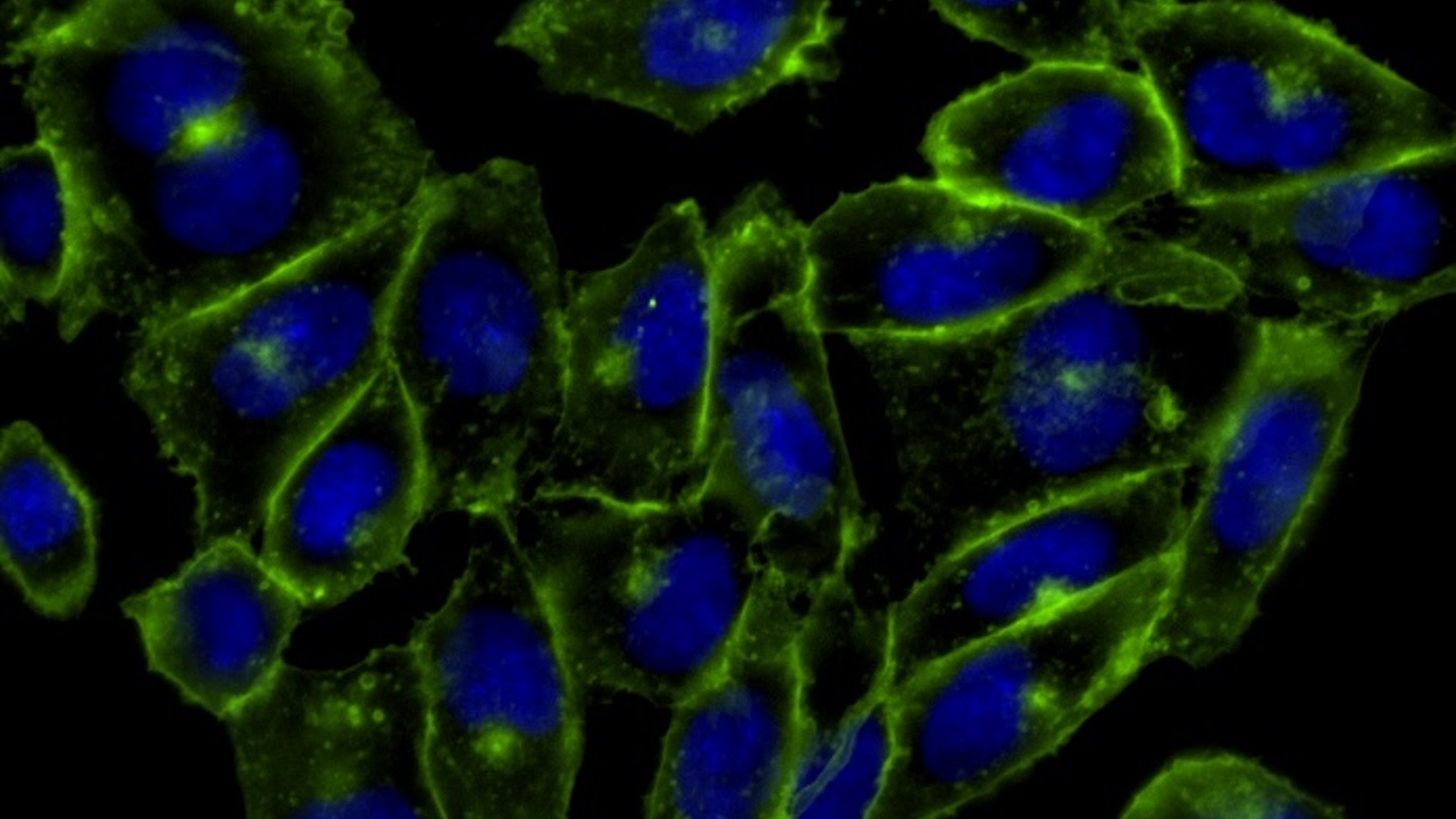
Science history: Scientists use 'click chemistry' to watch molecules in living organisms — Oct. 23, 2007
By Tia Ghose published
Carolyn Bertozzi and colleagues laid out a way to make paradigm-shifting "click-chemistry" compatible with living cells, opening up a window into living organisms.
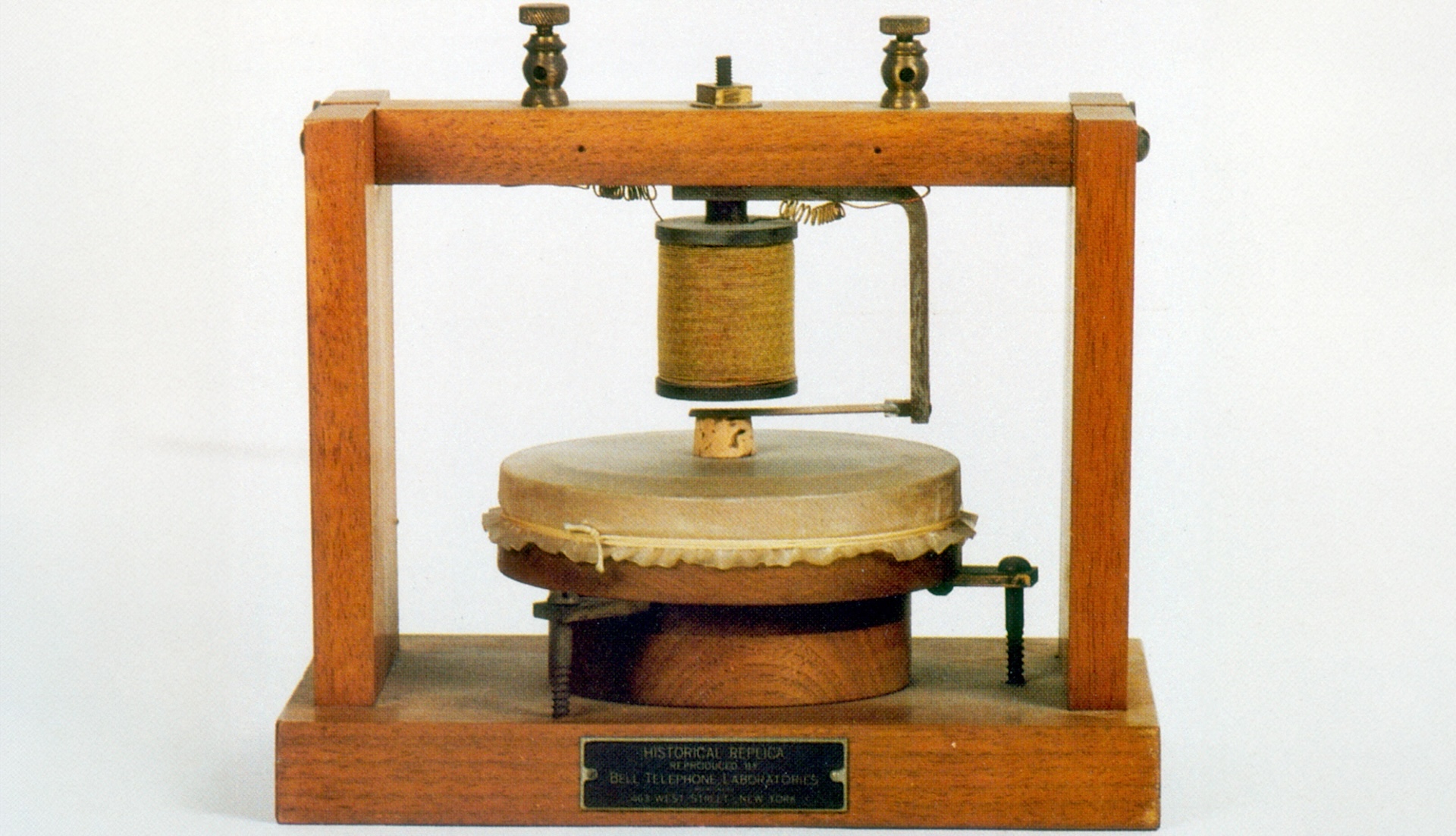
Science history: First two-way phone call across outdoor lines made by Alexander Graham Bell — Oct. 9, 1876
By Tia Ghose published
Science history On Oct. 9, 1876, Alexander Graham Bell made a telephone call to his assistant a few miles away — the first demonstration of what would ultimately become a global telephone network.
Get the world’s most fascinating discoveries delivered straight to your inbox.
